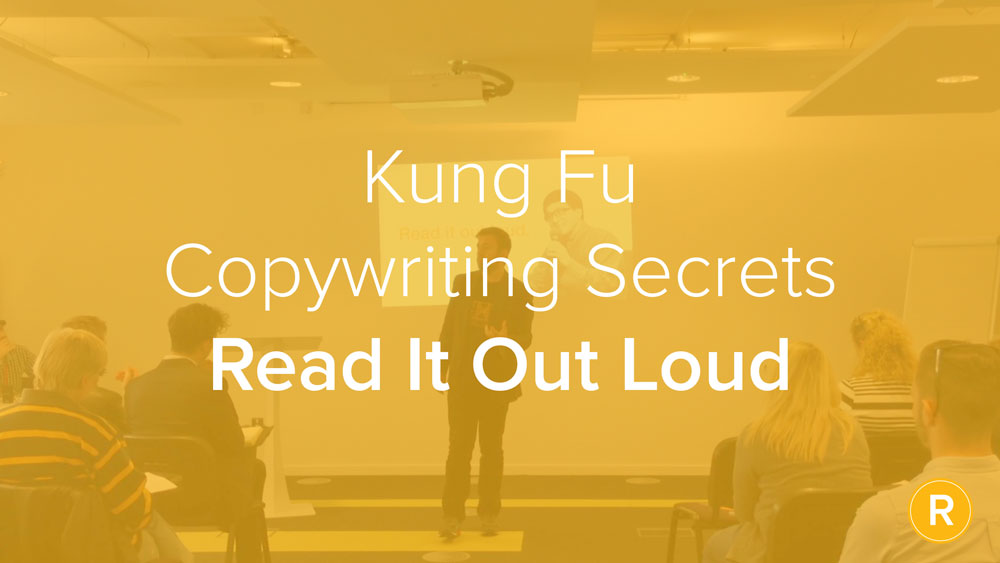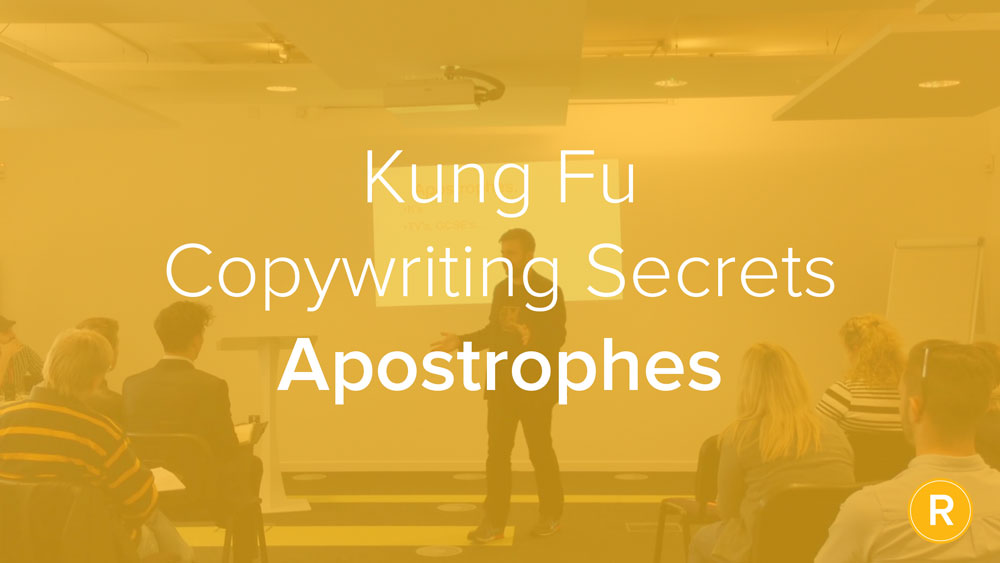For almost every kind of B2B copywriting, the opening 20 words(ish) of your copy are the most important. That’s the part which will make people read on, or go somewhere else.
Usually, you’ll want to summarise your argument and maybe allude to some of the benefits of reading, so they’ll be tempted to read on (but even if they don’t they’ll take the thrust of the piece away with them).
And here’s a secret: just because that bit goes at the top of the page, and they’ll read it first, doesn’t mean you need to write it first.
In fact, creating that killer 20-word version distilling the strongest single argument – the in-a-nutshell version of your story – is a hell of a lot easier when you already know exactly what you’re going to say… because you’ve already said it.
So write what you’re going to write, then go back and write the start.
On a bigger scale, there’s a similar idea when you write web copy, too. So many people begin a web copy project by writing the home page first; I do the opposite. Start with the detail, then work back towards the bigger picture, top-level stuff. Almost always, the home page is the very last copy I write.
You’ll talk about the wood much more convincingly if you know a lot about the trees.
In a recent presentation, here’s pretty much what I said:
Almost always the first thing that you say — certainly in business copywriting — is the most important thing.
Particularly if it’s online, but often ad copy or brochure copy, people are going to read the first couple of lines and then they might just skim, or they might hit back or whatever… but they’re going to judge whether they are going to read what you have to say on the first couple of lines.
If you are writing a blog or something that is going to be shared on social media, or is going to be picked up by OpenGraph in Facebook, then a lot of the time the text that it will pull in will be the first couple of lines.
So all the reasons to read – what you want to say and what it’s about – really, you want to get it all in those first 20 words.
Now, that’s really hard to do if you don’t know what you’ve written yet.
So here’s a simple tip: write the thing you want to say, and then write the 20-word version of everything you’ve just written.
It’s the exact same thing when I’m writing a whole website; I do the home page last. Because the home page is going to summarize what’s in the website, and it’s going to draw your attention to some of the most important things on that website — things that you might find most interesting or most useful. And how are you going to write that when you don’t know what that stuff is yet because you haven’t written it?
So start at the very bottom – what we call that the leaf pages of the website – and work back to the summaries, the branch pages, and then work back to the homepage. Or if you’re writing a press release or an advert, often the thing that you want to say is in the nutshell version, and that’s hard to do when you haven’t already written the copy.
Want more copywriting tips?
Check out the next video, and find out how to write about features, advantages and benefits.
(Or watch the full Kung Fu Copywriting playlist here.)


